Container Gardening For Vegetables
If you are short on space but still want to enjoy fresh garden vegetables, container gardening is your answer. If you have physical limitations or poor soil that keep you from attempting to garden at all, container gardening could be the solution you’ve been looking for. With a little know-how and the right varieties, you can yield a substantial crop of vegetables through container gardening.
Containers and Soil for Container Vegetables
Many items can be used as a container so you can be creative! Long rectangular containers like window boxes or troughs can be perfect for limited space. Plastic or fiber containers are lightweight and inexpensive. Try fabric grow bags, terra cotta pots, inexpensive lightweight containers, hanging planters or whiskey barrels. Avoid containers made of materials that may leach elements into the soil. Be sure the container has drainage holes, and that it is a size you can manage. If it is difficult to move, consider placing it on a plant caddie dolly with wheels.
Large plants like most tomatoes and squash require larger containers, 16 inches in diameter or larger should be sufficient. If in doubt, the larger the container the better, if possible. Plants need the space for root growth that will support the health of the plant as well as the stability of the plant.
Most veggies only need about six to eight inches of soil depth. Smaller containers work fine for lettuce, spinach and other greens. Root crops like carrots, onions will require more depth to grow. No matter what the size, all containers must have drainage holes to provide proper drainage.
Packaged potting mixes are typically the best choice when growing vegetables in containers. I don’t recommend using garden soil for container gardening. It may be too dense to provide proper drainage, and can harbor fungi, bacteria, weed seeds or insect larvae that could be disastrous for your plants. Potting mixes are specially formulated to create the ideal environment for root health and plant development.
Choose the Right Location
You will need a sunny spot for your container garden. Most vegetables need six to eight hours of direct sun each day for best results. Southern exposure is best, but any location that gets the full six to eight hours of average exposure should be sufficient. When choosing the right location, look for trees or structures that may block the sun. Evaluate where shadows occur as the sun changes position throughout the day to ensure plants get the full amount of sun exposure needed.
Wind exposure is a crucial factor to consider when choosing the right location. Wind can cause damage to plants and dry the soil quickly. Balconies and terraces can be susceptible locations for excessive winds that decimate plants. Provide support to plants and protection from excessive wind exposure.
Choosing Plants
When selecting plants from a nursery for your container garden, look for young seedlings with bushy growth and vibrant color. Lanky plants or those that have excessive flowers already are not the best choices. Plants should have bushy growth, strong stems and be well supported by their root system by standing upright on their own. Water plants thoroughly before transplanting into containers.
Some vegetables such as lettuce, carrots, beans and radishes are best grown from seed. Seeds can be started indoors and transplanted outdoors after your last frost date. Depending on your location, some seeds can be started directly outdoors and provide lots of veggies the same season.
Caring for Container Gardens
Watering
Regular watering is crucial for container plants because of the limited soil mass that is exposed to the elements. Sunlight heats the soil around the roots of container plants unlike those planted directly in the ground. Plants will often require more frequent watering when growing in containers. Inspecting your container garden for water needs should become a daily routine.
Water containers deeply. This means getting the water source down to the roots and below them. This will encourage supportive root growth. Frequent shallow waterings encourage plants to develop weak shallow roots. Deep watering will sustain soil moisture longer and encourage deep root growth. Plants benefit from breaks between watering, so allow soil to dry out a bit between waterings.
A drip irrigation system with a water faucet timer can help keep plants healthy when you can’t be there to water.
Fertilizing Container Plants
Vegetables grown in containers need regular fertilizing if the soil is not already enhanced with nutrients. Nutrients can be washed out of the soil as water drains through and out of the container. While plants are actively growing use fertilizer. Follow the label instructions for the fertilizer. Organic soil amendments such as seaweed or fish emulsion are beneficial for growing vegetables.
Diseases and Pests
Daily inspections of your container plants are crucial for keeping ahead of any problems that could occur. Plants that don’t appear healthy may have a disease or pest infestation that can usually be controlled if caught early. Always read the treatment label to make sure the product is compatible with food crops and use according to directions.
Supporting Container Plants

Vine growing in a container supported by a trellis
Use sturdy supports for plants like peas, tomatoes and squash. Add supports when plants are young and train around or into the support as they grow. Narrow trellises provide ideal growing space and support for container plants, as well as bamboo stakes and cages.
Which Vegetables Are Best For Container Gardens?
Vegetables that have compact growth are best suited for container gardens. They may be specified as “dwarf” or “bush” or be specified as a variety especially suited for containers.
Here are some suggested vegetables for containers:
- Beans: Bush Romano, Blue Lake Bush Bean, Jade Bush Bean, Ferrari Bush Bean, Royal Burgundy
- Carrots: Danvers Half Long, Tiny Sweet, Little Finger, Thumbelina, Tonda di Parigi Carrot
- Chard: most varieties
- Cucumbers: Patio Pick, Homemade Pickles Cucumber, Salad Bush Hybrid, Early Pik, Spacemaster 80 Cucumber
- Eggplant: Slim Jim, Ichiban, Black Beauty, Jewel Amethyst Eggplant
- Lettuce: leaf varieties
- Onions: Japanese Bunching, Tokyo Long White Bunching/Scallion Onion, Beltsville Bunching, Italian Red of Florence Bunching/Scallion Onion
- Peppers: Sweet Banana, Cayenne, Yolo Wonder, Jalapeno, Thai Hot, Keystone Resistant
- Spinach: most varieties
- Tomatoes: Cherry Falls Bush Tomato Seeds, Italian Roma Bush Tomato
Utilize Vertical Space
A vertical tower is an option that combines container gardening and vertical space to grow vegetables.
The Garden Tower 2 vertical garden planter and composting system is a vertical growing system that allows you to grow more nutritious vegetables in less space. With 50 large pockets for plants, you can grow all the vegetables you need and include some flowers too!
Overall Size: 43″ tall & 24.5″ wide
Grow up to 50 plants vertically nearly anywhere. And the tower rotates so you can access the garden from every angle – you bring the plants to you!
You can grow plants indoors with this Garden Tower 2 by using the Ultra Efficient LED Grow Light Kit. Your plants will grow healthy and productive any time of the year.
Add the optional wheels and move the tower to any location that suits.
The Garden Tower 2 vertical garden planter and composting system replicates a natural ecosystem. It turns waste kitchen scraps into organic fertilizer to grow organic produce.
Try the Bountiful Harvest Seed Collection for leafy greens and assorted vegetable seeds that are sure to please!
Limited space or lack of soil doesn’t have to limit your ability to grow fresh vegetables. With a little creativity, container gardening can be a fun and rewarding way to grow and harvest a substantial crop of vegetables.
What are your favorite vegetables to grow in containers?
Explore More

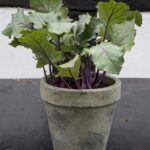
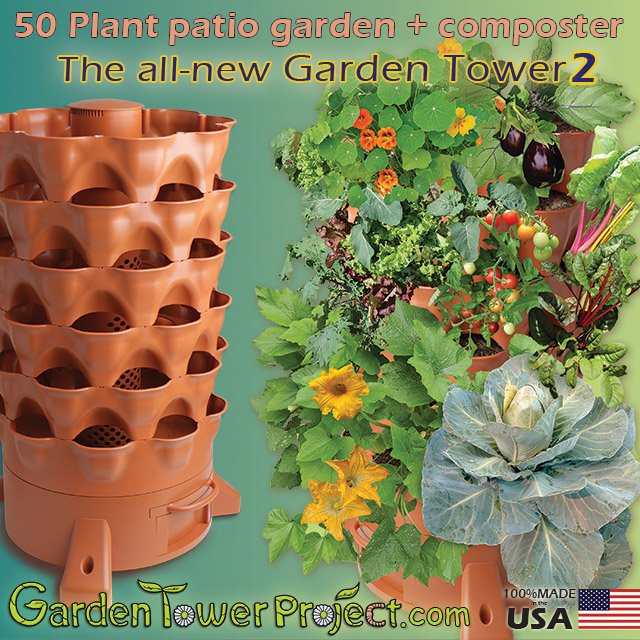


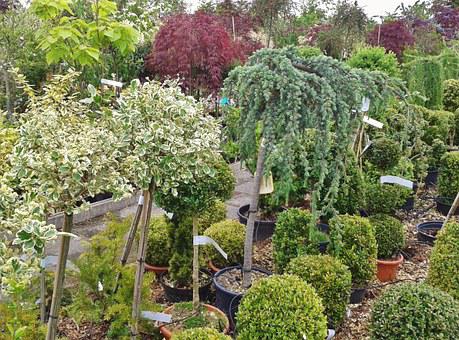

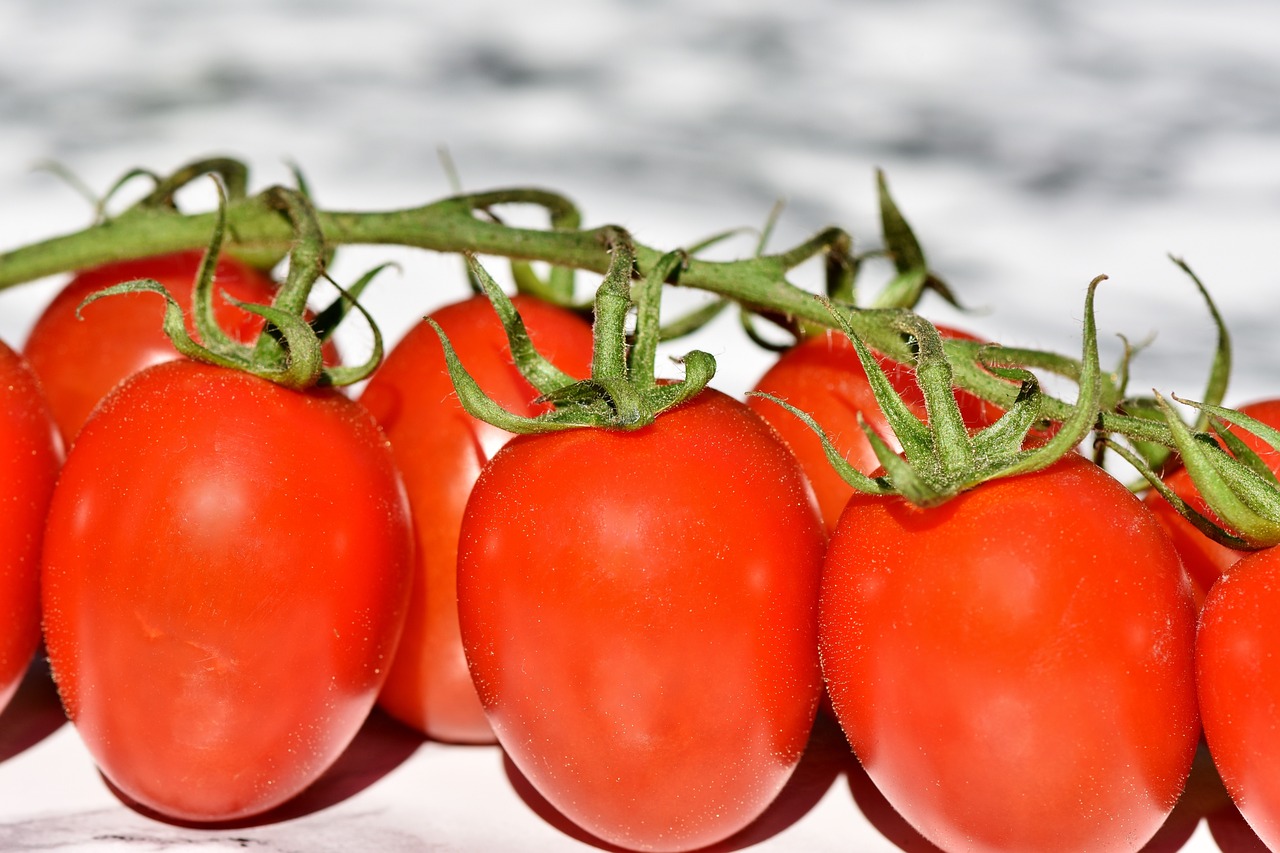
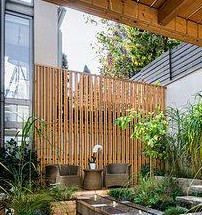
Comments
Container Gardening For Vegetables — No Comments
HTML tags allowed in your comment: <a href="" title=""> <abbr title=""> <acronym title=""> <b> <blockquote cite=""> <cite> <code> <del datetime=""> <em> <i> <q cite=""> <s> <strike> <strong>